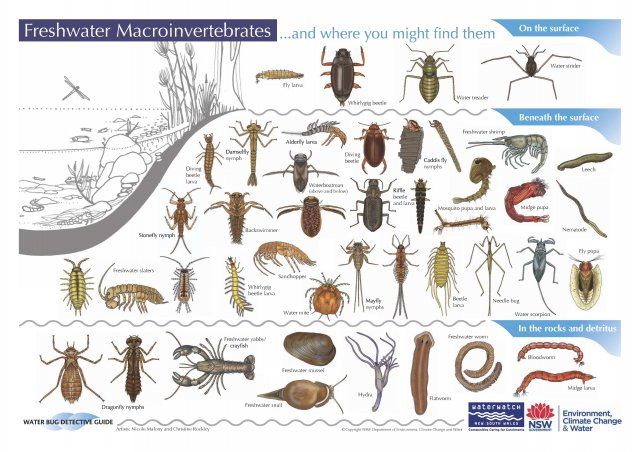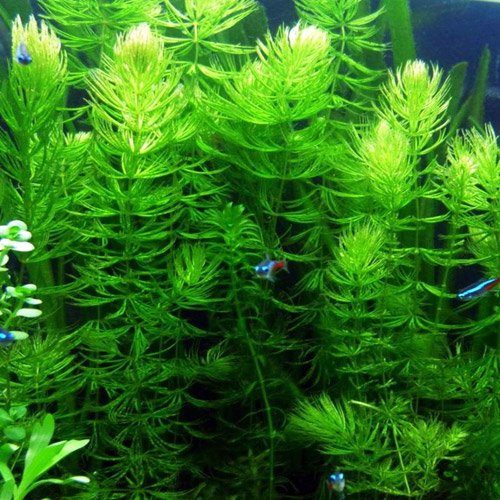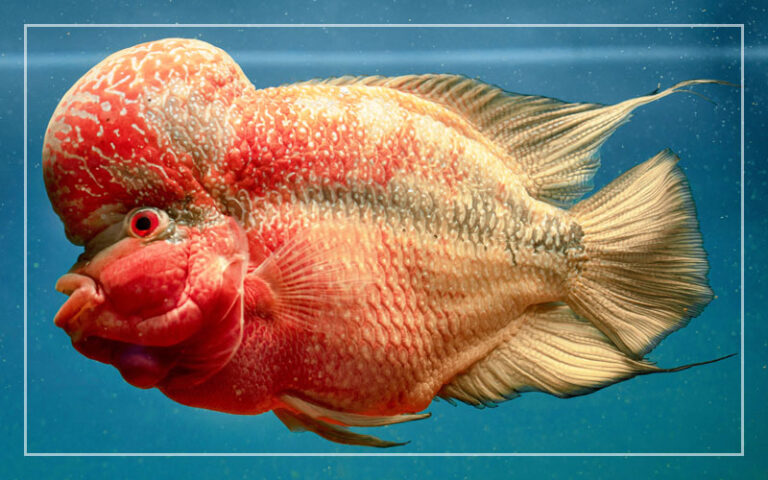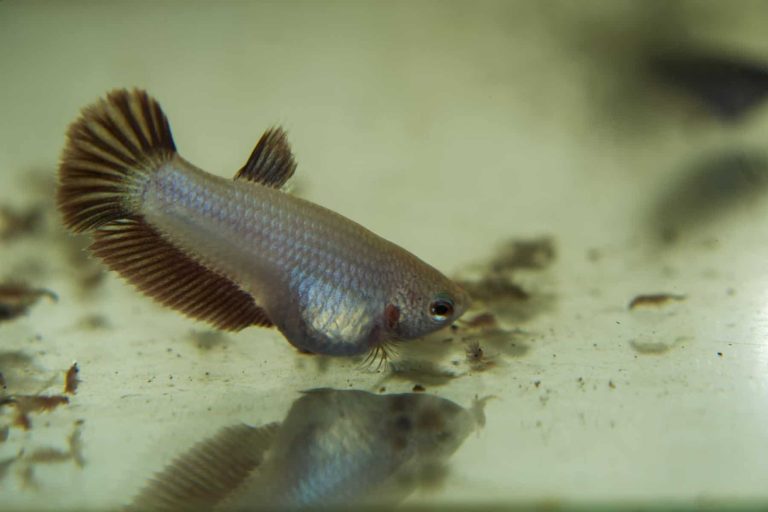Freshwater Aquarium Pests Identification
Freshwater Aquarium Pests Identification: How to Keep Your Tank Pest-Free
Are you a proud owner of a freshwater aquarium? If so, you know how fulfilling it can be to create a beautiful underwater ecosystem filled with vibrant fish and lush plant life. However, just like any habitat, your aquarium is susceptible to pests that can wreak havoc on its delicate balance. In this article, we will explore the most common freshwater aquarium pests and provide you with tips and tricks on how to identify and eradicate them. Let’s dive in!
Cyanobacteria
What is Cyanobacteria?
Cyanobacteria, also known as blue-green algae, is one of the most common pests found in freshwater aquariums. Despite its name, it is not a true algae but rather a type of bacteria. It forms slimy layers that can cover your plants, rocks, and tank walls, giving your aquarium an unsightly appearance.

Identification
– Look for a slimy, greenish-blue film covering surfaces in your tank.
– Cyanobacteria has a distinct odor, often described as musty or earthy.
– It can sometimes release toxins that harm fish, affecting their behavior and overall health.
Prevention and Treatment
– Maintain proper water parameters like temperature, pH, and nutrient levels to promote a healthy aquarium environment.
– Avoid overfeeding your fish, as excess nutrients can contribute to cyanobacteria growth.
– Regular water changes and substrate vacuuming can help keep cyanobacteria at bay.
– Introduce algae-eating fish or invertebrates, such as Siamese algae eaters or amano shrimp, which can help control cyanobacteria growth.
Snails
What are Snails?
Snails are tiny gastropods that can hitchhike their way into your aquarium through plants, decorations, or even fish. While some hobbyists intentionally keep snails as part of their tank’s cleaning crew, they can quickly multiply, becoming a nuisance.
Identification
– Look for small, cone-shaped shells on surfaces in your tank.
– Notice tiny snails moving across the glass or substrate.
– Keep an eye out for unusual snail eggs or clusters, which can be deposited on plants or tank walls.
Prevention and Treatment
– Quarantine new plants and decor before introducing them into your aquarium to minimize the risk of snail infestation.
– Manual removal using a snail trap or by handpicking can help reduce the snail population.
– Introduce snail-eating fish, such as loaches or pufferfish, which will feed on snails but may require additional care and consideration.
– Chemical treatments, like copper-based medications or snail-killing additives, should be a last resort and used with caution.
Planaria
What are Planaria?
Planaria are flatworms commonly found in freshwater aquariums. They are usually harmless to fish but can be an eyesore and indicate an underlying issue with water quality or overfeeding.
Identification
– Look for tiny, flat worms with a triangular head and defined eye spots.
– Planaria can be brown, black, or white and may stretch and contract their bodies in a wave-like motion.
– They often hide in the substrate, emerging during feeding times or when disturbed.
Prevention and Treatment
– Maintaining good water quality and practicing proper aquarium hygiene is crucial in preventing planaria infestations.
– Avoid overfeeding your fish, as excess food can contribute to their population growth.
– Regular gravel vacuuming and thorough cleaning of aquarium equipment can help remove planaria and their eggs.
– Introduce fish or invertebrates that feed on planaria, such as assassin snails or certain types of gouramis, but ensure compatibility with other tank inhabitants.
Frequently Asked Questions
Q: Can pests harm my fish?
A: Yes, some pests like cyanobacteria can release toxins that harm fish. It’s important to address pest issues promptly to ensure the health and well-being of your aquatic pets.
Q: How do I prevent pests in my aquarium?
A: Maintaining proper water quality, avoiding overfeeding, and practicing good aquarium hygiene are key to preventing pest infestations. Additionally, quarantine new plants and decor before introducing them into your tank.
Q: Are chemical treatments safe for my aquarium?
A: Chemical treatments should always be used as a last resort and with caution. Many of them can harm beneficial bacteria, invertebrates, and fish. It’s crucial to follow the instructions carefully and consider the potential impact on your tank’s ecosystem.
Final Thoughts
Maintaining a pest-free freshwater aquarium requires diligence, patience, and a proactive approach. By implementing preventive measures, staying vigilant for signs of pests, and taking swift action when necessary, you can keep your tank healthy and thriving. Remember, a little effort in pest identification and control goes a long way in creating a beautiful and harmonious aquatic environment for both you and your fish. Happy fishkeeping!






